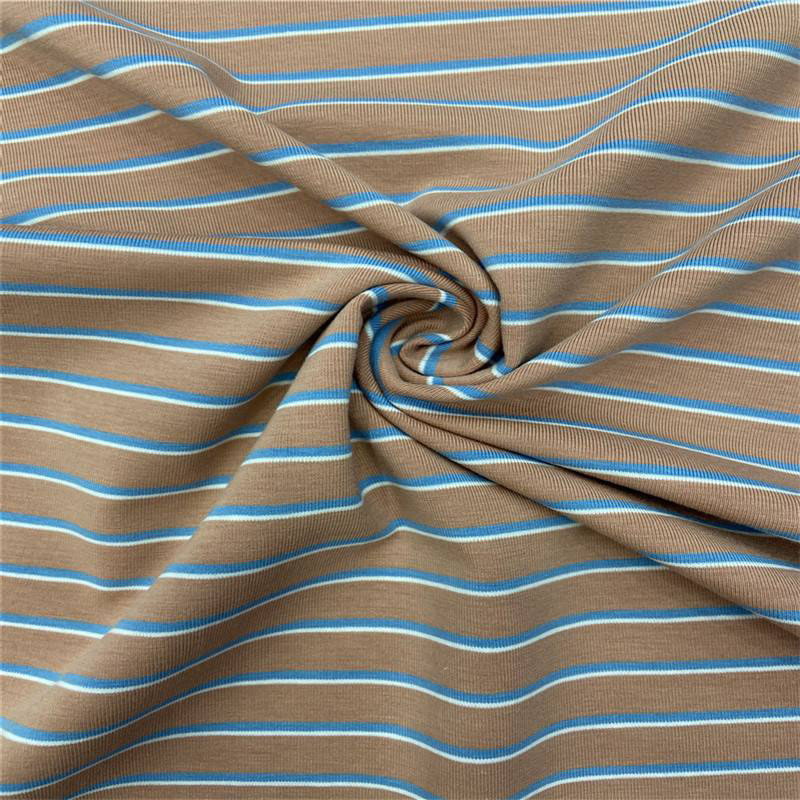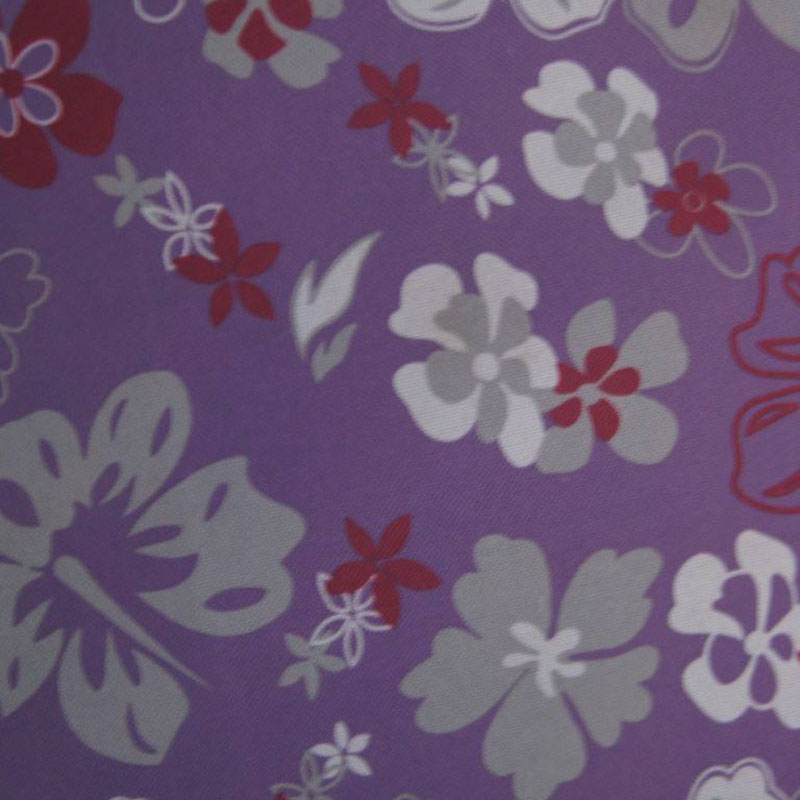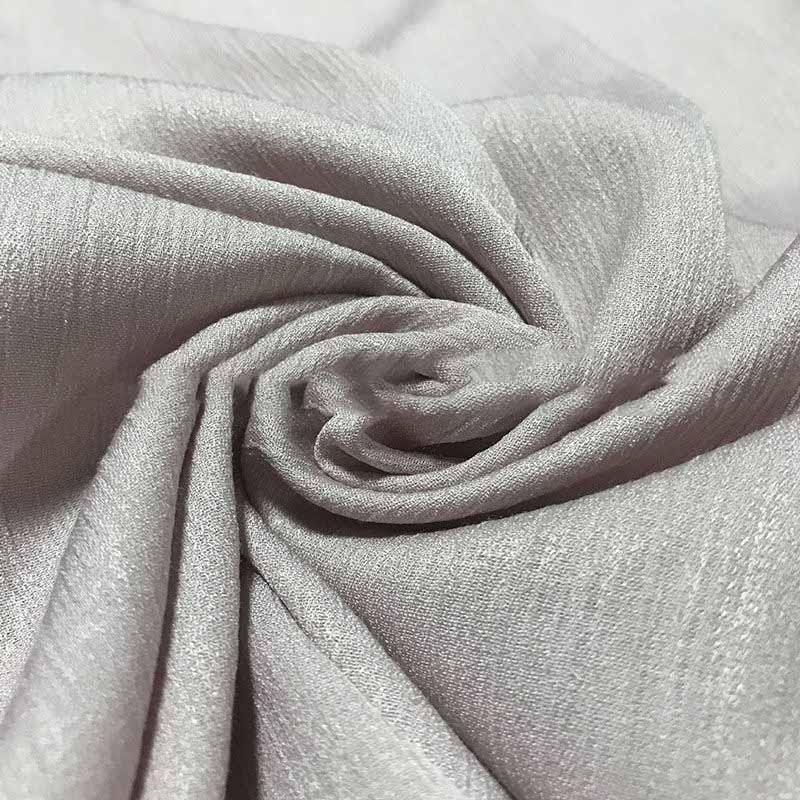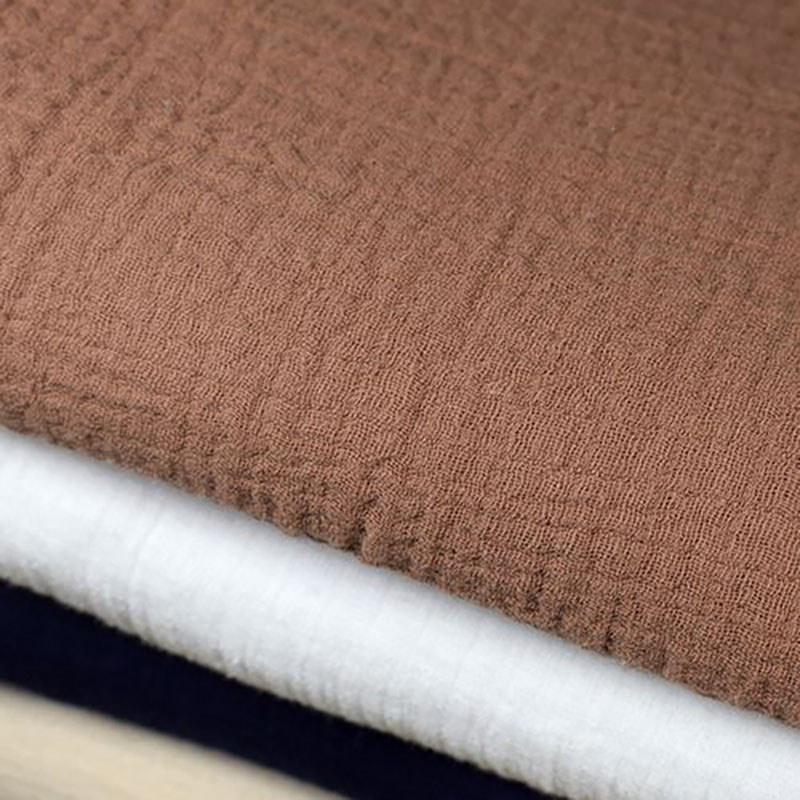As a leader in the marketing team, I recognize that the choice of fabric has a profound effect on various aspects of the fashion industry. Fabric selection influences not only the quality of the final product but also the brand's identity and consumer perception. In today's market, where sustainability is increasingly valued, understanding the impact of fabric choices is more crucial than ever.

The fabric chosen greatly contributes to the sustainability of the fashion line. Sustainable fabrics not only minimize environmental impact during production but also resonate with eco-conscious consumers. As marketers, it is our responsibility to highlight these choices to build a narrative around our brand's commitment to sustainability.

Consumer perception is critically shaped by fabric selection. Certain materials evoke specific emotions and associations, which can either enhance or detract from the brand's image. For example, luxurious fabrics like silk can create an impression of elegance, while more casual fabrics like cotton may reflect comfort and approachability. It's important for our marketing strategies to clearly communicate these attributes.

Fabric selection also plays a pivotal role in establishing and enhancing brand identity. A well-chosen fabric can reflect the brand's values and target demographic. For instance, a high-fashion brand may prefer exclusive, high-end fabrics that signify luxury, while a casual brand may opt for more practical, widely-available materials.

In conclusion, the selection of fabric serves as a cornerstone in fashion marketing, impacting sustainability, consumer perception, and brand identity. As a marketing professional, I aim to leverage this understanding to create compelling campaigns that resonate with our audience and drive business growth. Effective communication of our fabric choices will not only enhance product appeal but also solidify our brand position in the market.
